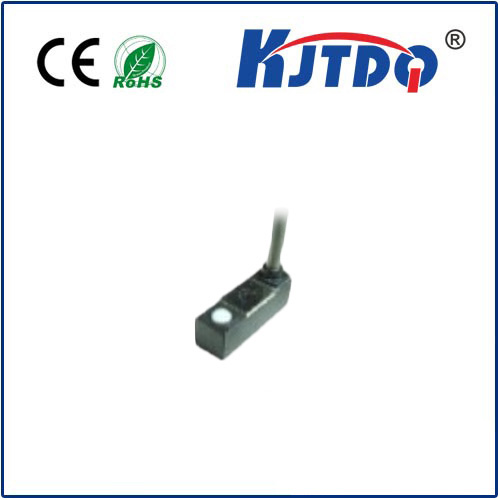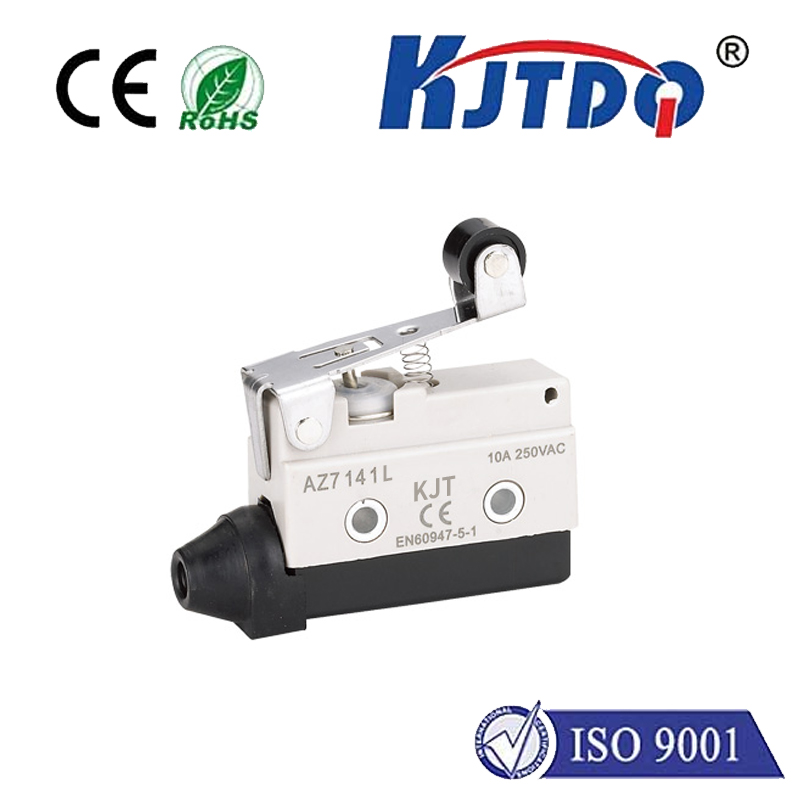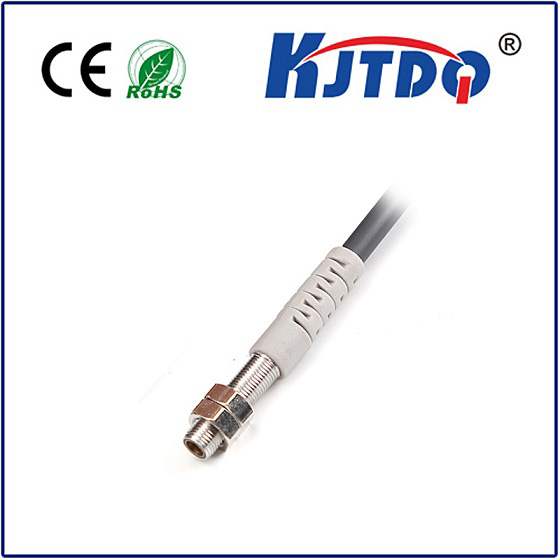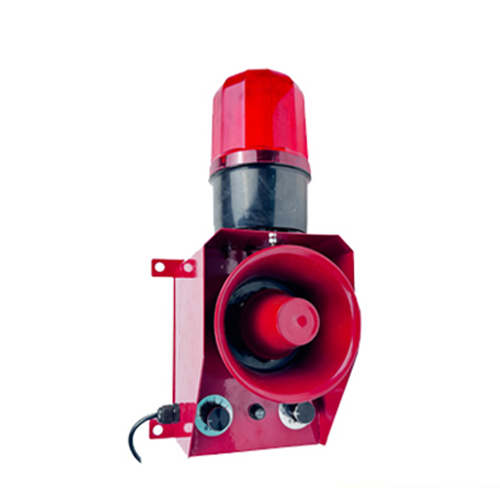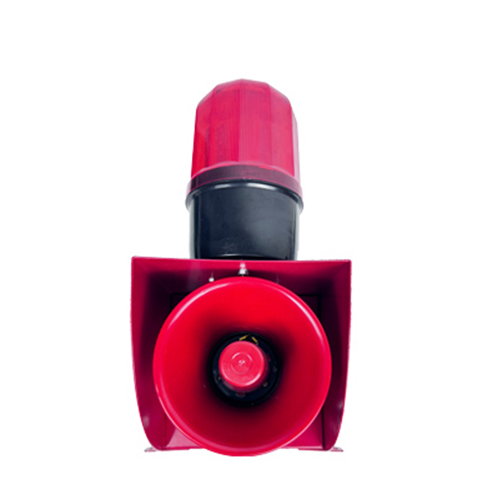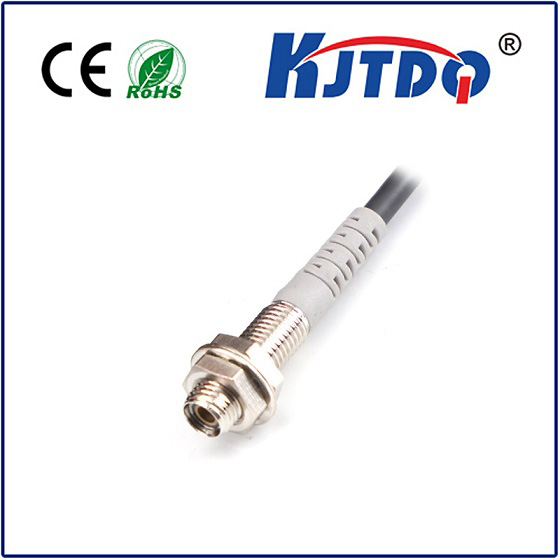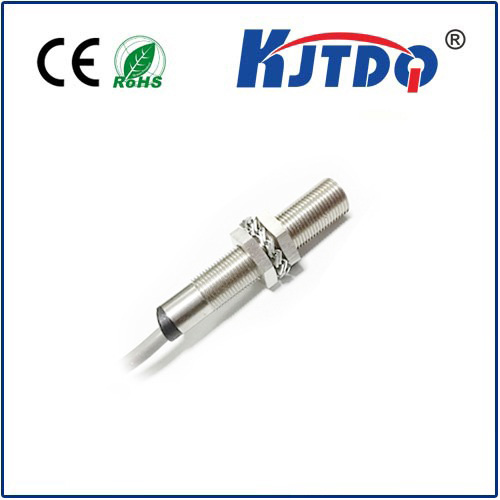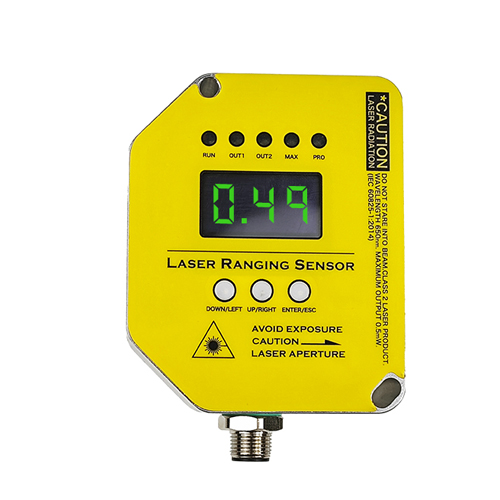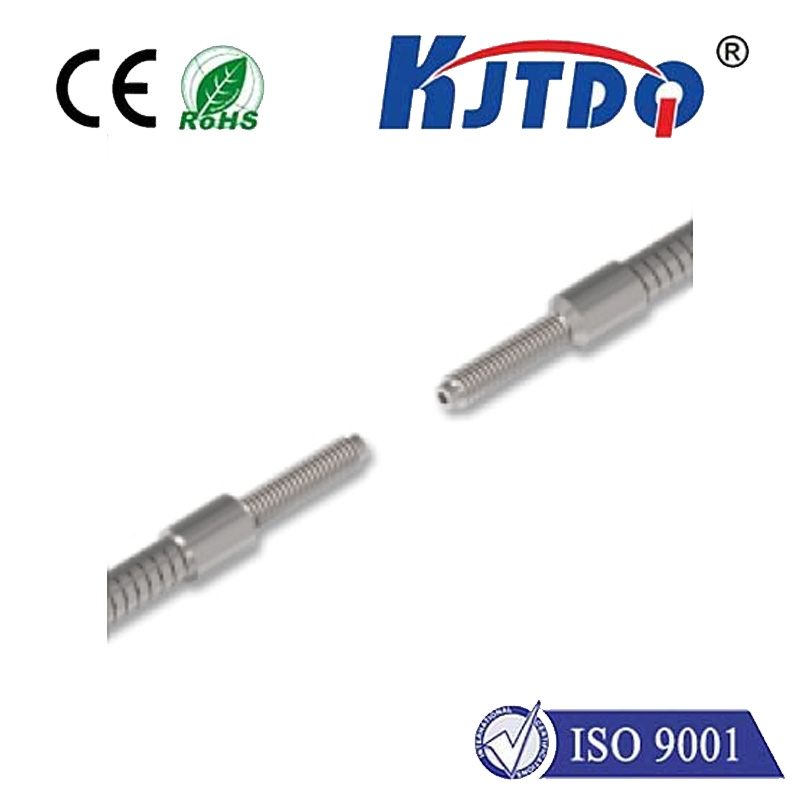proximity sensor sensing distance
- time:2025-07-01 02:12:49
- Нажмите:0
Mastering Proximity Sensor Sensing Distance: The Key to Flawless Detection
Imagine a high-speed packaging line. Robotic arms move with lightning speed, placing products precisely. Suddenly, an arm misjudges, colliding with a container. Downtime ensues. The culprit? Often, it’s an incorrectly specified or configured proximity sensor sensing distance. This critical parameter isn’t just a number on a datasheet; it’s the cornerstone of reliable, efficient, and safe automated operations. Understanding what sensing distance truly means, what influences it, and how to optimize it is paramount for engineers, technicians, and system designers.
What Exactly is Sensing Distance?
The sensing distance of a proximity sensor refers explicitly to the maximum distance at which the sensor can reliably detect the presence of a standard target object under specified conditions. Think of it as the sensor’s effective “reach.” Crucially, this isn’t an absolute, fixed value etched in stone. Several definitions exist:
- Nominal Sensing Distance (Sn): This is the theoretical, reference value typically stated by manufacturers. It’s determined under ideal, controlled laboratory conditions (e.g., specific target material, size, shape, temperature, voltage) and serves as a baseline for comparison between different sensors. It’s the value you’ll most often see advertised.
- Effective Sensing Distance (Sr): This is the actual operational range achievable for a specific sensor under real-world conditions. Due to manufacturing tolerances, variations in temperature, voltage fluctuations, and differences in the target object, Sr typically falls within a tolerance band around Sn (e.g., Sn ±10%). Never assume Sn is your guaranteed working distance.
- Assured Operating Distance (Sa): To guarantee absolutely reliable detection under all specified operating conditions (including tolerances and environmental factors), the sensor is programmed to trigger only within a distance less than Sn. This safety margin ensures no false negatives occur, even under worst-case scenarios. Sa is always less than Sr.
Why Sensing Distance Isn’t a Simple Number: Key Influencing Factors

The journey from nominal distance (Sn) to effective distance (Sr) in your application is heavily influenced by several variables. Ignoring these can lead to unreliable performance:
- Target Material and Size: This is arguably the most significant factor. Inductive sensors excel at detecting ferrous metals (like steel) with the longest range. Non-ferrous metals (aluminum, brass, copper) significantly reduce the effective sensing distance, sometimes requiring special sensor types. Capacitive sensors are affected by the target’s dielectric constant – water or organic materials are easily detected, while metals offer the maximum range. Optical sensors depend heavily on target reflectivity and color. Always verify your specific target material against the sensor specifications. Furthermore, the target size must meet or exceed the sensor’s specified “standard target” size (usually defined in the datasheet). A smaller target reduces the effective range.
- Sensor Housing Design: The physical shape of the sensor head matters. Flush-mountable sensors can be embedded into metal mounting surfaces without affecting performance. Non-flush sensors require significant free space around their sensing face – mounting them too close to metal or other objects severely degrades their sensing distance.
- Environmental Conditions: Temperature extremes can affect the sensor’s internal electronics and the properties of the target material, potentially altering the sensing range. Dust, dirt, oil, or condensation accumulating on the sensing face (especially for optical sensors) can scatter light or create a barrier, drastically reducing effective distance. Strong electromagnetic fields can interfere with inductive sensors.
- Power Supply Voltage: While most modern sensors have good voltage regulation, operating significantly outside the recommended voltage range can sometimes slightly impact performance, including sensing distance stability. Always power the sensor within its specified range.
- Hysteresis: To prevent rapid on-off switching (“chatter”) when a target is near the sensing point, proximity sensors incorporate hysteresis. This means the turn-off distance is slightly larger than the turn-on distance. While crucial for stable operation, it technically means the sensor holds its state beyond the point where it initially detected the target.
Selecting and Applying Sensors: Practical Distance Considerations
Choosing the right sensor involves more than just picking the highest Sn value. Here’s how sensing distance integrates into the decision process:
- The “80% Rule”: A common engineering guideline is to install sensors so that the target approaches within approximately 80% of the sensor’s nominal Sn. This provides a significant buffer against the variances caused by manufacturing tolerances, temperature, target differences, and mounting inaccuracies. Applying this rule significantly enhances application robustness.
- Mounting Precision: Precise sensor mounting relative to the target path is non-negotiable. Variations in positioning directly impact the effective operating distance. Jigs or adjustable mounts are often necessary.
- Target Speed Matters: For detecting very fast-moving targets, the response time of the sensor becomes as critical as the sensing distance. The sensor must be able to detect and signal the target’s presence within the brief time it’s within its sensing field. Choosing a sensor with Sn much larger than necessary allows more time for detection but requires careful positioning.
- Material Compatibility is Key: Reiterating due to its importance: Confirm sensor technology suitability for your target material. Trying to detect plastic with a standard inductive sensor won’t work. Expect significantly reduced range for non-ideal targets with capacitive or inductive sensors. Optical sensor range plummets with non-reflective or dark targets.
Optimizing for Peak Performance
Achieving reliable detection goes beyond initial selection:
- Consult the Datasheet Deeply: Don’t just glance at Sn. Scrutinize the graphs showing sensing distance reduction factors for different materials, temperature dependencies, and the specified standard target size and material.
- Mind the Gap: For non-flush sensors, strictly adhere to the required mounting clearance specified as “surrounding metal-free area” in the datasheet. Violating this drastically cuts performance.
- Environment Proofing: Select sensors with appropriate IP ratings (for dust/water ingress) and temperature ratings for your environment. Regularly clean optical sensor lenses and all sensing faces. Consider sensors with built-in temperature compensation if extremes are expected.
- Utilize Adjustability: Many sensors feature potentiometers or teach-in functions allowing fine-tuning of the sensing point. Use these to compensate for application-specific variations after following the 80% mounting rule.
- Application-Specific Targets: If your real target is smaller or made of a less-responsive material than the standard test target, expect a significant reduction in effective sensing range (Sr). Factor this in early.
The Impact: Reliability, Efficiency, and Safety
Precise understanding and management of proximity sensor sensing distance ripple through an entire system:
- Enhanced Reliability: Minimizes false positives (unnecessary triggers) and false negatives (missed detections), reducing downtime and costly errors.
- Optimized Efficiency: Allows for tighter system design and potentially faster cycle times by enabling precise positioning control.
- Повышение безопасности: Critical in applications detecting operator presence or machine guarding, ensuring safety measures activate reliably within the required distance.
- Reduced Costs: Prevents the need for overspecified sensors (chosen solely for excessive Sn) and avoids the operational costs of failures.
The sensing distance is far more than a static specification; it’s a dynamic characteristic influenced by the complex interplay between the sensor, the target, and the environment. By deeply understanding its nuances, defining requirements based on the actual target and application conditions, and adhering to best practices like the 80% mounting rule, engineers unlock the true potential of proximity sensors. This mastery transforms them from simple

